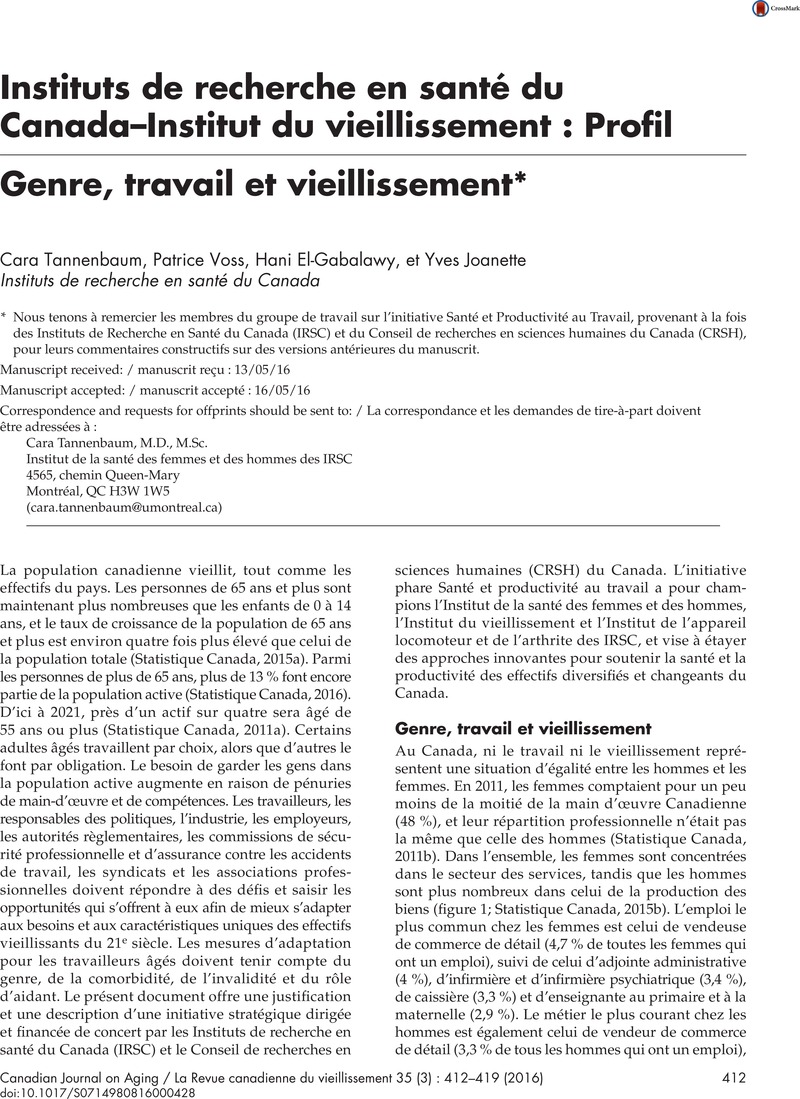Fast, J.,
Dosman, D.,
Lero, D. &
Lucas, S. (
2013).
The intersection of caregiving and employment across the life course. Edmonton: University of Alberta, Research on Aging, Policies and Practice. Retrieved from
http://www.rapp.ualberta.ca/∼/media/rapp/Publications/Documents/IntersectionCaregivingAndEmployment2013Jan.pdf.
Google Scholar 